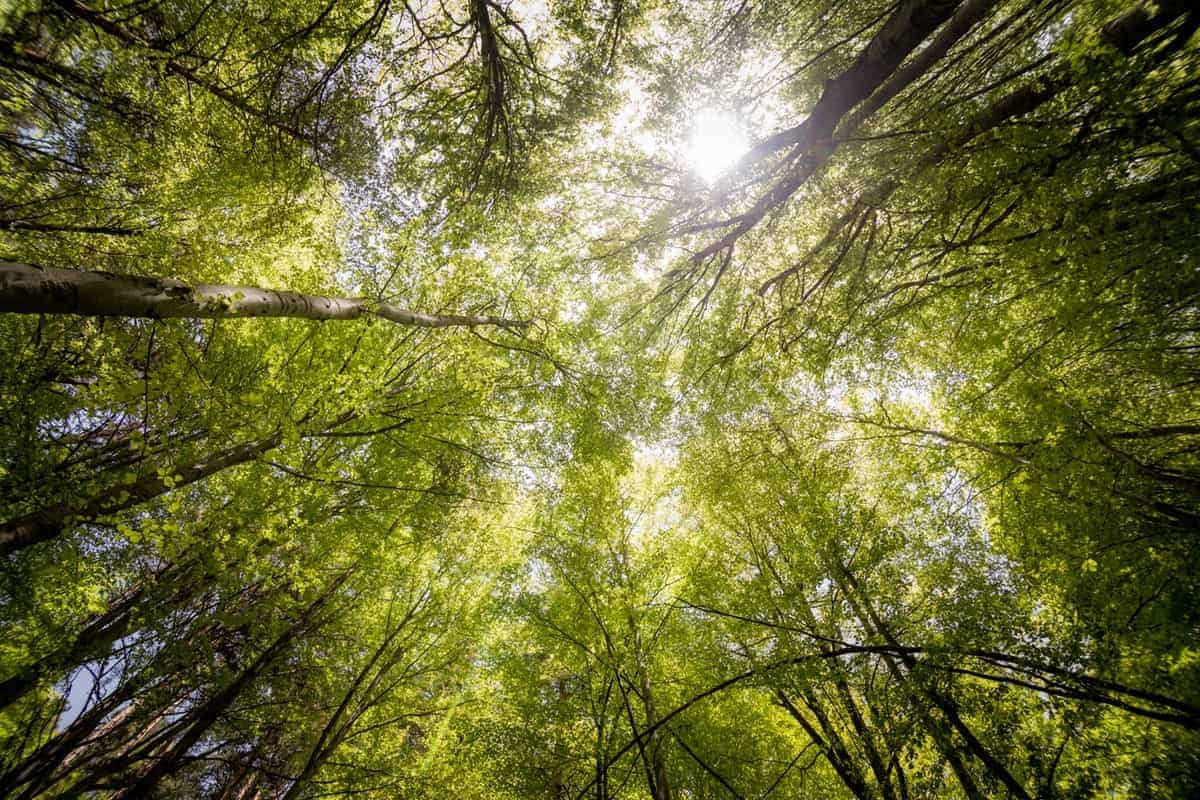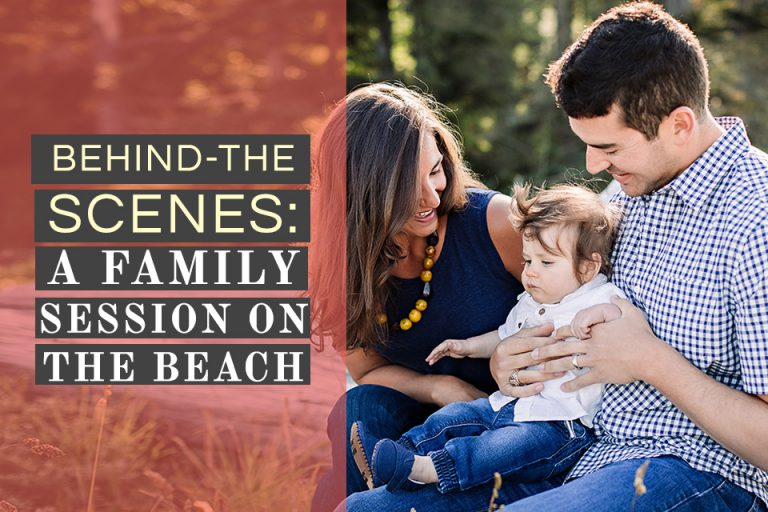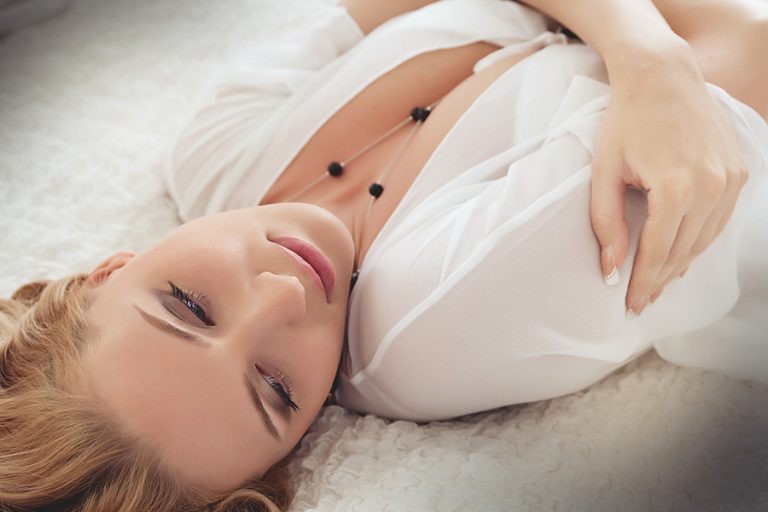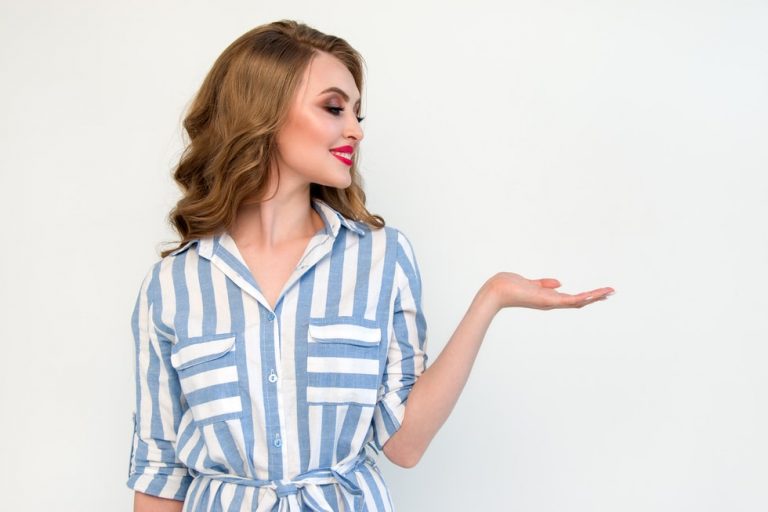Landscape vs. Portrait: Which Way is Up?
Portrait vs Landscape can mean different things to different photographers. Know the difference!
One of my six-year old’s favorite jokes is “When is a door not a door? When it’s a jar!” It’s easy to amuse a first-grader. But just like a door that’s a jar, landscape vs. portrait, as used in photography, can be a bit confusing.
The two terms actually related to three different aspects of photography: orientation, genre, and camera mode.
So a portrait can be shot in landscape orientation and a landscape can be shot in portrait orientation… wait, I’ve gone cross-eyed.
If you’re ready to unboggle your brain, too, keep reading as we explain how the terms apply in different situations in photography and when to use them.
Portrait vs Landscape in General
Portrait
What does portrait orientation mean? It refers aspect ration of the image… to when the frame is in the vertical display, which means the side edges are longer than the bottom and top edges. As a result, the subject appears wider and taller. If you position the camera vertically at 90 degrees, you would be taking portrait images.
For reference, we can look into the styles of some portrait photographers. Steve McCurry’s Afghan Girl, Dorothea Lange’s Migrant Mother, and Henri Cartier-Bresson’s Man Jumping Over a Puddle are among the most popular portrait images of all time.
Landscape
Landscape orientation generally refers to the camera’s orientation in a horizontal display. This causes an image’s top and bottom edges to be longer than the sides. Likewise, landscape makes the images orientation to be broader than it is taller.
You can get inspiration for a landscape picture from some of the most well-known photographers. Look into Ansel Adams’ Yosemite National Park, Nick Brandt’s Wasteland with Cheetahs and Children, and Frans Lanting’s Elephants in Chobe NP, Botswana.
Ready to take your photography to the next level?
Join Cole’s Classroom today! »
Portrait vs Landscape as direction
Both the terms portrait and landscape can describe how an image is oriented AND both portrait and landscape describe a genre of photography.
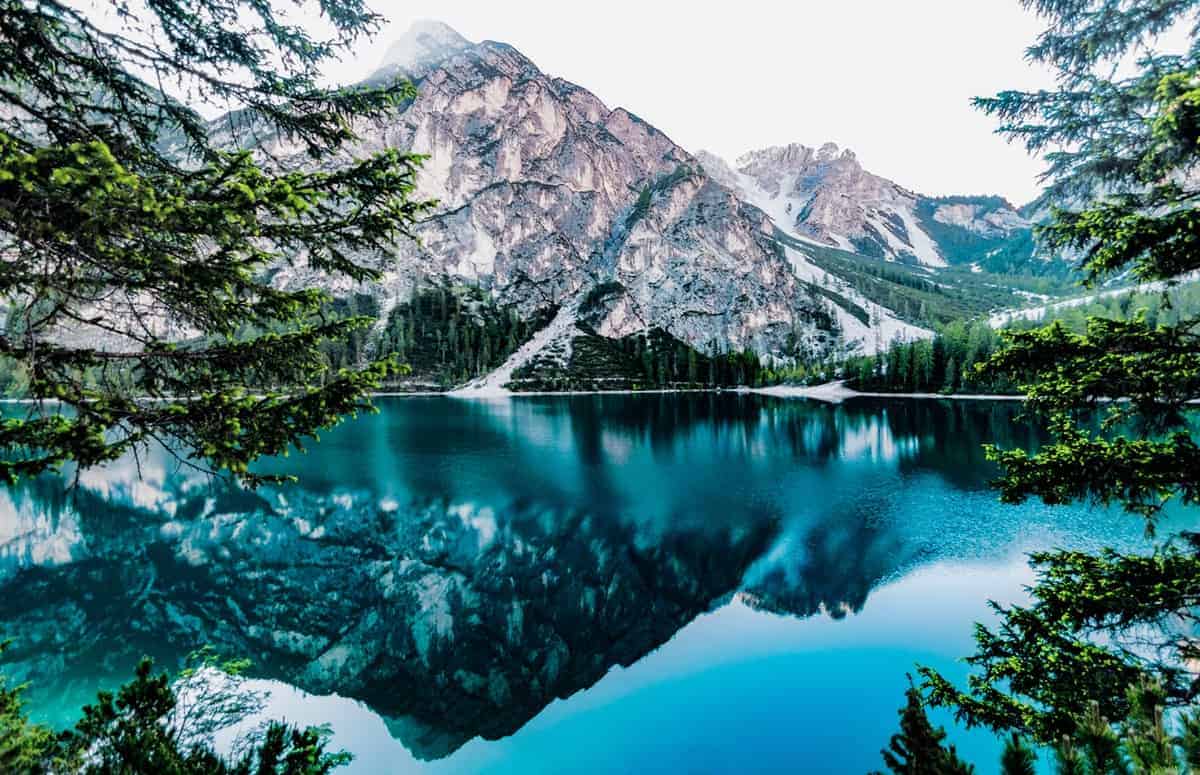
When discussing orientation or direction, landscape refers to an image that is wider than it is tall, that is, shot in a horizontal orientation. The image below is shot in landscape orientation. It is wider than it is tall.
Portrait orientation, then, refers to an image that is shot so it is taller than it is wide. It is shot in a vertical orientation, as shown in the image on the right.

Portrait vs Landscape as genre
When discussing a genre, or style, of photography, how the orientation of the final image or how it is displayed doesn’t matter.
Portrait photography is a genre featuring pictures of people. (Or pets as a subject. Pet portraits are a growing market. But we’ll stick with people for purposes of this post.) Portrait format photographers work to capture a subject’s appearance, personality, style, and attitude in an image. Its goal is to showcase a subject in an image rather than an environment, usually by using a shallow depth of field to separate the subject from the background.
Landscape photography focuses on… well… landscapes. Mountains, city skylines, seascapes, any image featuring a space within the greater world is a landscape image. This niche aims to capture pictures of the great outdoors in a way that draws the viewer into the scene.
Want to know more about shooting portraits of people? Read on!
SPECIAL OFFER – Get Our Photography Fundamentals Guidebook Here for Huge Savings Today – Finally, a VISUAL guide that makes mastering photography as SIMPLE as “A-B-C” so you can confidently shoot in full manual mode, and know which settings to adjust…guaranteed! Click here to learn more.
Portrait vs Landscape as a camera mode
The final way portrait or landscape are discussed in photography are as camera modes. Most point-and-shoot digital cameras and prosumer DSLRs have “modes” that you can select. These are pre-programmed photo settings for landscape or portrait mode that the camera uses based on what it thinks you intend to photograph and how you intend to compose the scene of the photo.
In portrait mode, the camera thinks you’ll shoot a subject, and will likely fill the frame of the photo and want it bright and well lit. The icon on your camera to choose portrait mode is usually a subject’s profile.
In landscape camera mode, the camera thinks you shoot a scene and want a great depth of field recorded for the photo. The icon on your camera for this mode is probably a mountain.
These settings are great for occasional shooters. For maximum control over your camera and photo though, you’re always better off learning how to shoot in manual mode and making the decisions for the camera.
Learn more about the camera modes here!
What is better: portrait or landscape? The choice of orientation
When discussing the page orientation or how an image is shot and presented, is portrait or landscape orientation better? Do I have to shoot a photo of a person in portrait orientation? The answer is, it depends on you.
There is no one right way to shoot ANY photo. It depends on your goals and vision for the image as a photographer.
Before there were photographers, there were painters. Like artist on canvas painters, not house painters. These painters painted how they viewed the world. When we view a scenic vista, we take it all in as far as the eye can see… like in landscape orientation.
Think Van Gogh’s “Starry Night.” But when we are viewing or talking to a person, our eyes naturally focus on the person and let the background fall away. We naturally see other people in a mind’s eye portrait orientation. Think of any presidential portrait you’ve probably ever seen.
So our natural inclination is to paint and photograph a landscape image in landscape orientation (horizontal) and a portrait in portrait orientation (vertical orientation). It’s literally why the orientations are named the way they are.
BUT… there are no rules when it comes to creating compelling images. Sure, I could blather on about the evocative quality of shooting a photo against how we naturally perceive a scene. I could even use big words like juxtaposition and counter-intuitive. But that would just bore you and only impress my mom.
Instead, I’ll say this… try it portrait and landscape. Play with photo angles and the page orientation to find a photograph composition that satisfies you, as the artist. You might find one-page orientation or another composition suits the scene better or helps create different emotions.
You get to decide how the viewer ultimately sees the scene, not some painter from 200 years ago or a stuffy photograph blogger. So go… shoot… experiment!
Why stop here? Unlock hundreds of photography classes for beginners.
When Landscape and Portrait Mix With Other Photography Niches
While landscape and portrait photography are niches of their own credit, these two can also merge their elements in other types of photography. Whether you are an event, real estate, landscape, or street photographer, understanding landscapes and portraits can help improve your shots.
Architecture and Real Estate Photography
Portrait mode works better than landscape mode if you’re photographing a high-rise building and you want to emphasize the design’s intricacy. Getting closer to such tall subject results in a dynamic feel in a portrait, like the structure is towering over the viewer.
On the other hand, landscape mode is ideal if you want to show the vastness of a house’s interior or a multi-complex facility’s exterior.
Street Photography
While you would be dealing with horizontal lines and elements in street photography, that doesn’t mean you can only do portrait photography compositions. It all depends on what you think best represents a scene’s vertical and horizontal elements.
If there’s a tall subject such as a tree, and you want to focus on that, then a shot in portrait is a great composition. Meanwhile, you can use landscape mode if you think about capturing more subjects in the background can tell a better story.
Event Photography
Event photography normally includes group shots, especially at weddings and birthdays. In this way, you can fit all subjects and elements into the composition. If you insist to use portrait photography, you’ll most likely squish everything into the frame.
However, portraits work great when you want to put emphasis on a single subject or fewer elements. For instance, you want to showcase the movements of a performer on stage or the body language of an instructor.
Headshots and Corporate Photography
When it comes to headshots, shooting in portrait makes the job easier as it gives you a more convenient way of cropping the image. Meanwhile, to use landscape orientation is better when the goal is to capture the working environment and people in their professional elements.
Fashion Photography
While fashion makes use of both portrait orientation and landscape orientation, you still need to check if the composition is suitable for the subjects, setup, and overall feel. For full-body images, it would be best to use portrait orientation to make the subjects look tall.
Night Photography
When it comes to the night sky, some scenes won’t have big subjects that can naturally lead the eyes. Instead, the elements would extend the landscape from left to right. As a result, shooting in landscape orientation creates the illusion that the horizon extends well beyond the edges of the frame.
Other Things to Consider When Shooting Portrait vs Landscape
Both landscape and portrait have cases wherein they can be advantageous or not. Consider these aspects to help you make the most appropriate decision.
- Your shooting style: While it’s essential that you follow photography elements and rules, there are circumstances where your shooting style trumps them all. As long as you provide the necessary image, you can experiment with both landscapes and portraits.
- Distance from the subject: Would removing or including the background convey a much better message? Shooting a portrait will make the main subject appear closer, allowing you to fill the frame as much as possible. Shooting in landscape format would result in a wider depth of field, letting you play with foreground and background.
- Emphasis: The shapes, forms, and lines you include in the shots appear differently in both landscape format and portraits. Portraits exaggerate the upright position of subjects, creating a sense of formality, superiority, wonder, and even visual tension. Landscapes reflect flexibility, harmony, a moderate pace, and ease of space.
Final Reminders
- Don’t rely on cropping. If you think later you might want that image in the opposite image orientation, shoot it that way. While you can crop in post later, your goal should always be to get it as correct in camera as possible.
- Check with your client. Stylistically you might adore a portrait orientation shot in a vertical image orientation, but your client might require it in the vertical. Yearbook photos, head shots or photos shot for advertisements sometimes have strict size and orientation restrictions. Know those going into the job and shoot with them in mind.
- If you’re shooting video, shoot it in landscape orientation. Most online platforms now accommodate video shot in a vertical orientation, but shooting in a horizontal orientation gives you the most flexibility for video in the long run.
- Be social savvy. If you are shooting content for a specific social media platform, know the orientation each platform prefers. Photos are displayed differently on Instagram than on Twitter or Snapchat. Know the aspect ratio and dimensions used by the platform you are shooting for and choose an orientation with that in mind.
Help! My Phone is Locked in Vertical!
Smartphones allow you to view content either vertically or horizontally by rotating the device. If you’ve locked your phone, however, it might not make the switch on it’s own!
Knowing how to lock and unlock automatic rotation is definitely a must for phone photographers. That way you are making the choice between portrait vs landscape, not your camera.
Click here for instructions on turning landscape mode on and off on iPhones.
The Choice is Yours
Photography is all about choices. Canon vs. Nikon. 35mm lens vs. 50 mm lens. Portrait vs landscape. You choose your composition and your camera settings to record the scene.
Most beginning photographers choose settings that best recreate the scene before them. But as you become more confident in your skill and move along your photography journey, you’ll soon have the ability to choose settings that enhance the scene in front of you or even make it something else entirely. That’s where your sense of artistry and imagination come in.
Starting out, it’s okay to play it safe by shooting people’s portraits in portrait orientation or landscape scenes in landscape orientation. But you’ll grow more if you step out of the safe zone and bring your own vision to life.
Conclusion
Landscape and portrait may refer to a number of things in photography, and understanding how they work together helps you achieve a dynamically attractive composition.
Whether you’re referring to the genre, camera mode, or direction of how you shoot, these are both crucial in producing more creative images.
Become the Photographer of Your Dreams
Join Cole’s Classroom today to unlock easy-to-follow photography classes, 1-1 mentorship, and the most supportive online community around.
